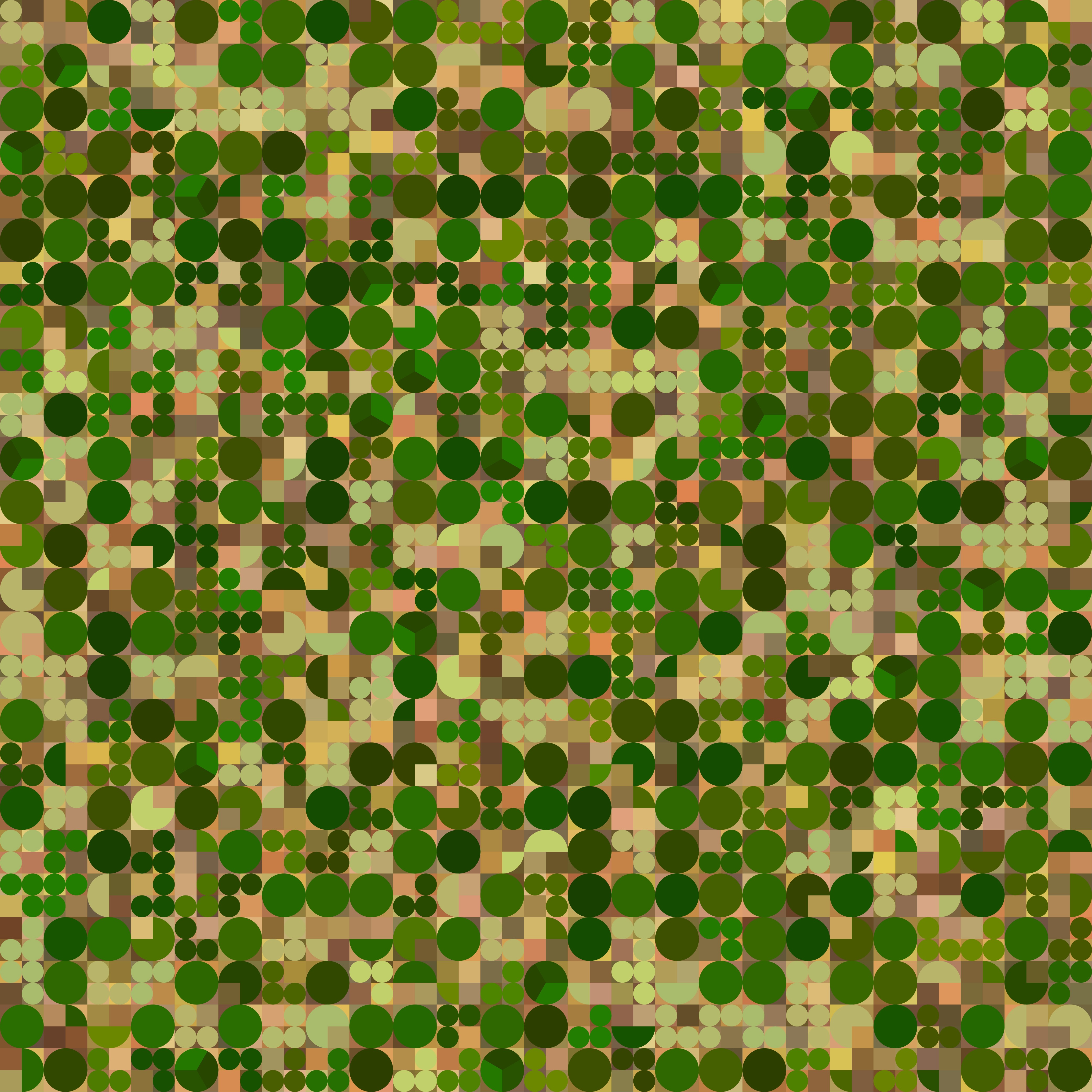Satellite imagery and machine learning software company Agrograph closed a $500,000 seed funding with the Idea Fund of La Crosse. The company is a graduate of the Wisconsin-based startup accelerator called Gener8tor, which is how it met its new funders, CEO and co-founder Mutlu Ozdogan recently told AgFunderNews.
The Madison-based company’s software combines satellite imagery and field data with machine learning algorithms to predict crop yields at the field level. It’s B2B model targets three main groups: (1) crop insurers and lenders to better assess their risk portfolio; (2) grain distributors to improve their supply chain logistics, and (3) agricultural tech providers to enhance their precision agriculture solutions.
“We talked to a number of investors and there was a lot of interest because agtech is hot and a lot of people are trying to diversify their portfolios,” said Ozdogan. “Money aside, this particular venture group has a huge network and the managing partner was in the New York money-raising scene for a long time. He came back to the Midwest and is applying some of the techniques and skills he learned to support local startups.”
Established in 2016 to invest in early-stage startup companies, The Idea Fund of La Crosse has $13 million under management and targets Wisconsin-based startups.
According to Ozdogan, the fundraising process only took six months and the new funds provide roughly 16 months of runway. He describes the company’s experience as relatively pain-free, particularly in comparison to what he’s observed other startups enduring in the race for more capital.
The company is deploying its seed round for two key resources: people and computers. Agrograph recently hired a data scientist and plans to add a software developer immediately. Because its technology focuses on cloud computing, having the right equipment and hardware is critical.
“Imagine a county in Iowa with hundreds of thousands of acres of soybean and wheat fields. Our solution provides yield estimates for every one of those fields and not only for the current growing season but going back in time 10-15 years,” says Ozdogan. He reports a prediction error rate within 5% to 15%.
Challenges
Although there is significant VC interest in agtech startups, many startups are faced with common obstacles in the fundraising process and Agrograph is no exception. Having to educate non-ag savvy investors can take up precious time, and the VCs just may not understand the pain point or process that the startup is attempting to tackle, Ozdogan says.
“As part of the Generator, we actually pitched to a lot of investors in the Chicago and Minneapolis areas and one of the things that was frustrating was that we were faced with low-level doorkeepers and we had to go through a number of folks before we could talk to the main people in the firm. The doorkeepers didn’t always get it and they were not always experienced,” he explains.
Target Customer
Although the technology provides some value for farmers, Agrograph does not currently market it to them.
“Farmers are more interested in the current growing season and in obtaining prescriptions, which is what precision ag is all about. Our tech is not necessarily prescriptive, but diagnostic. We are telling the end user that a field will yield ‘X’ amount at the end of the growing season.”
Another reason that Agrograph has refrained from seeking out farmer clients has to do with resources it would take to deploy the necessary marketing strategy. The company lacks the network and resources to reach out to thousands of farmers, he adds.
Instead, it focuses on convincing third-party entities that their decision-making abilities are only as good as the data in front of them. As Ozdogan notes, the agriculture industry often makes billion dollar decisions based on anecdotal evidence, or USDA statistics. Networking has played a key role in the company’s marketing strategy, primarily when it comes to targeting the key decision makers in the crop insurance and lending industries.
Source of Data
“We have data and expertise that no one else has,” said James O’Brien, Agrograph co-founder, in a press release regarding the raise. “Rather than relying on publicly available data, we’ve collected yield data from thousands of individual fields to train our software.”
The company has obtained a substantial amount of data directly from growers, but when farmers were unwilling to share their data with Agrograph, it sought out exchanges with third-party companies like lenders and crop insurers.
“If we cannot get the data from farmers we come up with strategies where industry partners who have field-level yield data provide it to us and we use it in our model. Because the solution has been valuable to them they are willing to do that.”
For crop insurance, the data has substantial value when it comes to making adjustments following the submission of a claim after crop damage. For ag lenders, Agrograph’s technology potentially offers a yield volatility index that would help the lenders determine how risky a customer may be. Currently, ag lenders primarily rely on traditional banking tools to evaluate a loan opportunity such as credit scores and balance books. This technology could allow the lenders to also consider the value and viability of what the loan applicant has in the field, Ozdogan says.
Next Steps
As for the future, Ozdogan says that the company’s technology could be deployed globally at this very moment. The only thing that would stop an international expansion is a country’s unwillingness to share field-level data for Agrograph’s analytical platform.
“Our scaling strategy is to focus on the Midwest, learn from the data, build a better model, and expand to other regions.”




